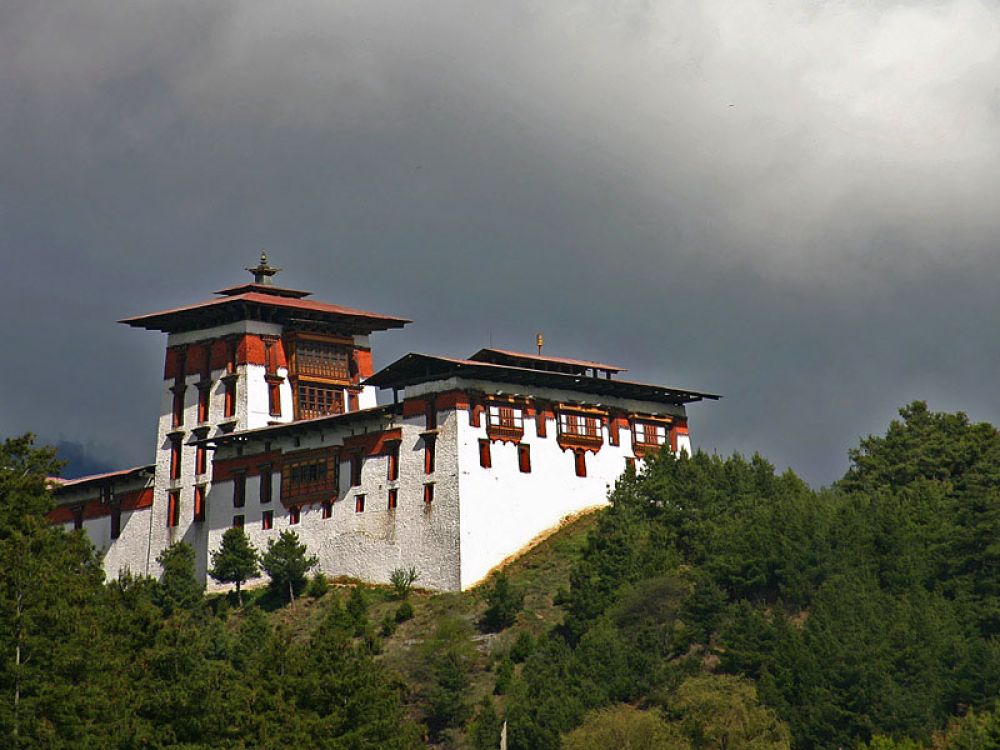

The small town of Jakar, also known as Bumthang, holds a special place in the history of Bhutanese tourism, offering a unique blend of spirituality, tradition, and natural beauty. Nestled within the central Bumthang district, Jakar's history with tourism is relatively recent compared to its rich cultural heritage, which dates back centuries.
Rooted in myths and legends, the region is renowned for its sacred sites and monasteries, like the Jambay Lhakhang, which dates back to the 7th century. The arrival of Guru Rinpoche in the 8th century further bolstered Jakar's position as a spiritual hub, attracting pilgrims long before tourists. Despite its deep historical and religious significance, modern tourism in Jakar only picked up in the late 20th century, following Bhutan's careful opening to tourism.
In 1974, Bhutan officially opened its doors to tourists, emphasizing a high-value, low-impact tourism policy to preserve its unique culture and pristine environment. Jakar, with its wealth of cultural landmarks and natural landscapes, emerged as a focal point for those seeking an authentic Bhutanese experience.
Tourism infrastructure in Jakar began to develop steadily, staying true to the nation's sustainable approach. Guesthouses and small hotels offering traditional Bhutanese hospitality allowed visitors to soak in Jakar's charm without overwhelming the local vibe.
Today, Jakar continues to embrace its role within Bhutan's tourism industry. Visitors are drawn to the town's annual festivals, especially the Jambay Lhakhang Drup, famous for its fire rituals and masked dances that are believed to confer blessings on spectators.
Moreover, with Bhutan's emphasis on mindful travel and well-being, Jakar's unspoiled environment and tranquil atmosphere have become even more attractive. The town serves as a starting point for treks to the stunning landscapes of the Bumthang Valley and beyond.
With the global shift towards sustainable and experiential travel, Jakar is witnessing a rise in visitors looking for meaningful interactions and eco-friendly accommodations. Local homestays and farmstays are gaining popularity for offering immersive cultural exchanges, allowing tourists to participate in traditional farming practices and daily rituals.
Community-based tourism initiatives are also taking root, ensuring that the economic benefits of tourism extend to the local residents. These programs often include guided village walks, local cuisine tastings, and lessons in traditional crafts.
As tourism evolves, Jakar's stewards continue to balance the preservation of their heritage with the changing demands of global travel. With ongoing global discussions about responsible and regenerative travel, Jakar is poised to remain a model of sustainable tourism that respects the delicate balance between cultural integrity, environmental stewardship, and visitor engagement.
In conclusion, Jakar's journey in tourism may not be as ancient as its monasteries, but its mindful growth and enduring appeal make it a bastion for conservation-minded travelers seeking the soul of Bhutan.